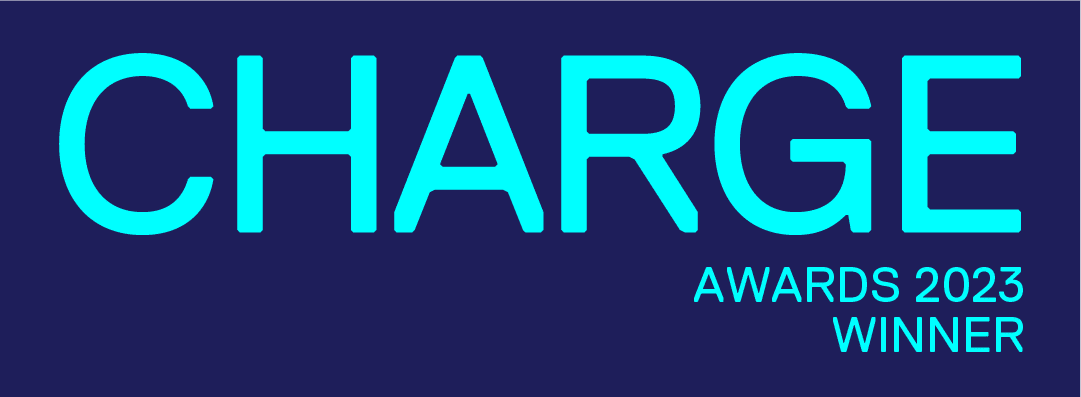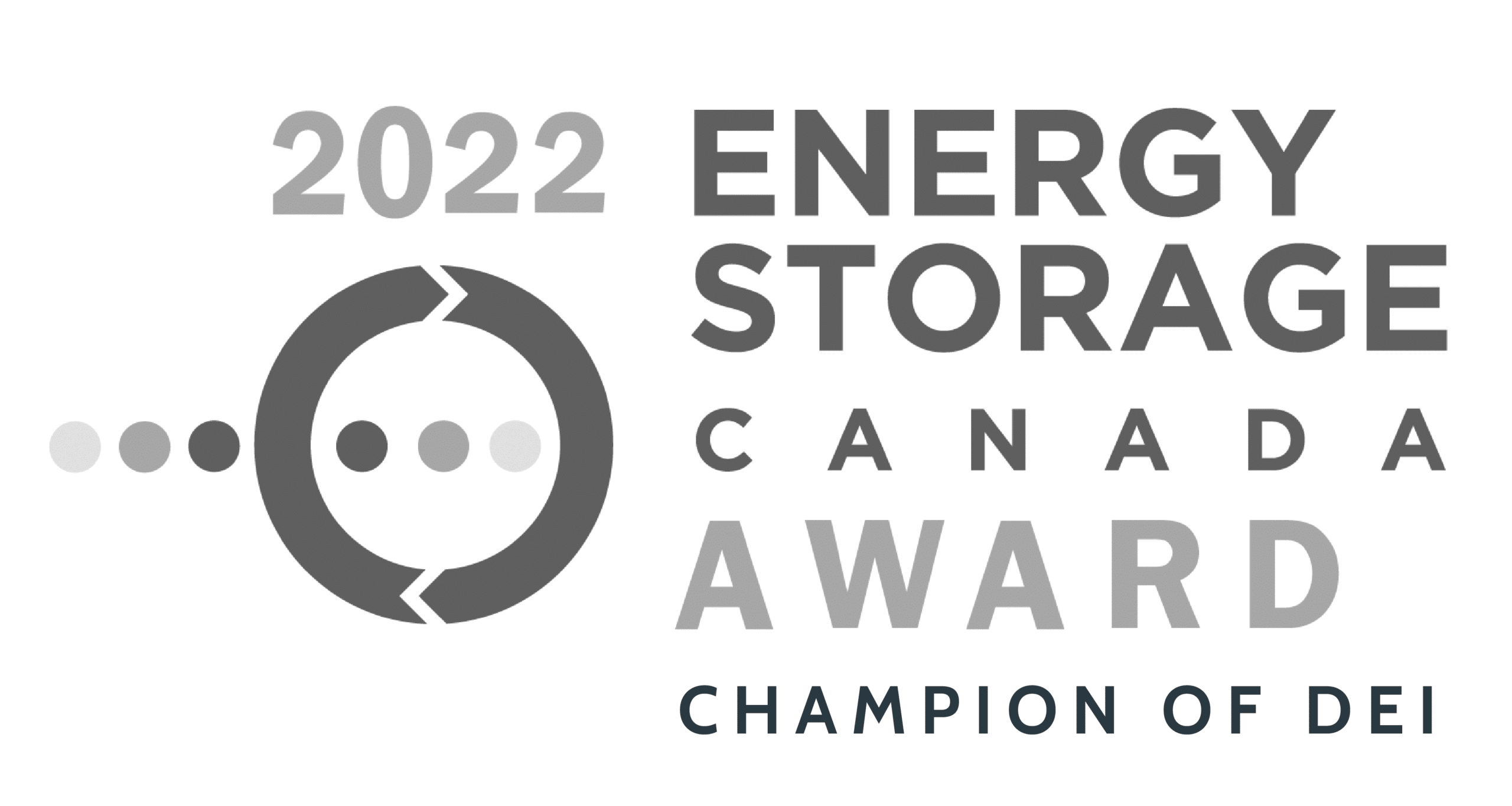The clean energy transition is well underway, and one thing that’s become certain as we inch toward a net zero future is that economies will inevitably become increasingly electrified. This post covers Distributed Energy Resource Aggregation (DERA), decentralized electricity resources interconnected with the grid; and Virtual Power Plants (VPP), a network of decentralized, medium-scale power generating units.
The Energy Race is on in North America
Reliant as we are on fossil fuels for heating our homes and driving our cars, we have seen some big movements in the last several months that are poised to massively accelerate the clean energy revolution.
We’re building 500,000 electric vehicle charging stations across the country.
The great American road trip will be fully electrified.
— President Biden (@POTUS) December 3, 2022
Spurred on by the Inflation Reduction Act (IRA), the U.S. is wholly embracing distributed energy resources, electric vehicles, and carbon reduction and mitigation technologies. This momentum has encouraged the passage of similar incentives in Canada – including those for energy storage – in addition to several other Canadian-made programs like Natural Resources Canada’s (NRCan) Zero-Emissions Vehicle Incentive Program and Sustainable Development Technology Canada’s (SDTC) innovation funding.
The flip side to this coin? As we build out EV infrastructure and the adoption of electric vehicles increases, our countries’ electrical grids will need to support much higher electricity demand. The grid demand will be put under even more stress as trends continue with homes switching from forced-air furnaces to electric heat pumps.
Greater Stress on the Grid
This rise in electricity demand is something that many utilities and power producers are preparing for with a dash of uneasiness. Especially as they are scrutinized more publicly, given the unprecedented grid issues we’ve seen in the last few years; in Texas, California, and Ontario.
Traditionally, electrical grids have been largely designed to carry power from massive power stations through miles of transmission and distribution lines. If we maintain the status quo, the easiest way to expand capacity is to build more utility-scale power plants and even more transmission and distribution infrastructure.
However, these fossil fuel-powered plants fly in the face of the clean energy goals necessary to mitigate the impact of climate change. They’re also expensive, lengthy capital investments for grid operators, which then need to upgrade transmission and distribution networks to accommodate extra capacity.
The result of all this? Higher energy costs for the end consumer, more environmental impacts, and more risks for grid failures in an increasingly volatile climate.
We need something different.
The energy demand curve has looked pretty much the same for the last few decades. But that is about to change dramatically in the coming decades as we electrify everything and bring more intermittent renewable generation online.
Put simply, the growth of distributed energy resources (like energy storage and rooftop solar), paired with smarter electricity systems, is helping to flatten the energy curve. This will reduce the need for major infrastructure upgrades as well as the need for dirty, expensive fossil-fuel plants to exist only to meet energy demand spikes.
Where Does this Leave Grid Operators?
So, where does this leave grid operators? Well, the future is not as grim as some would indicate. If we act now (and we are!) we’ll avoid the worst; a future where EVs (and electric semi trucks) are plugging into a grid rife with rolling brownouts and still relying heavily on fossil fuels.
Grid operators have been hesitant to embrace distributed energy resources (DERs) since they’re typically thought of as too small to support the needs of large grids. However, DERs can become a ubiquitous resource, with any number of small energy generators, from rooftop solar arrays and small wind turbines to battery energy storage, EVs, and even smart buildings.
At Peak Power, we believe in a 4D energy future: one that is decentralized, digitalized, democratized, and decarbonized. We know distributed energy resources can power our transition. In fact, electric vehicles could become “the most ubiquitous distributed energy resource out there, with a combined capacity that could dwarf existing nuclear power plants.”
Distributed Energy is a Cornerstone of the Electrified Future
Distributed energy is quickly becoming a core resource as we move towards full electrification. When several small DERs are aggregated in one centrally controlled system, they can better compete with the large fossil fuel power plants.
This gives us hope that we will see a future where power plants are made obsolete while, at the same time, grid operators are expanding grid capacity without costly capital investments.
The concept of aggregating DERs is not new, but what may not be familiar with is that there are different ways to optimize these energy resources:
Virtual Power Plants (VPPs)
Virtual power plants (VPPs) are the best-known way to aggregate DERs, which isn’t surprising since the concept dates back to the late 1990s. VPPs pull together DERs like solar, energy storage, EV chargers, smart buildings, and more to give grid operators a way to make the most of these clean but typically small-generation assets.
Software plays a critical role in operating DERs as a Virtual Power Plant because, individually, they often don’t meet the minimum size threshold required to participate in wholesale energy markets. Thanks to software developments, grid operators can embrace VPPs to relieve overstretched grids. They can operate the disparate DERs as a single resource to meet the needs of a grid. When demand is low, but the sun is high on a clear day, solar farms can be used to charge battery storage connected through the VPP. During times of peak demand, the grid can then draw the stored energy from the batteries to relieve strain.
To put it in simple terms, the core function of a Virtual Power Plant is to supply resources to the grid in the wholesale electricity market. Distributed Energy Resource Aggregation is slightly different.
Distributed Energy Resource Aggregation (DERA)
As mentioned, a VPP operates various DERs as a single resource to meet size thresholds for participation in a wholesale energy market, and VPPs are typically managed by a systems operator.
By comparison, Distributed Energy Resource Aggregation (DERA), while using the same general method of aggregation of energy resources as applied with a VPP, can take advantage of a variety of energy incentives and revenue streams – both behind- and front-of-the-meter – rather than operating solely within a wholesale energy market. Another major difference is that a DERA platform can be owned and operated by corporations with large buildings and energy load requirements that are looking for both financial and environmental benefits from their energy programs.
DERA networks can participate in demand charge and coincident peak reduction programs that are offered by grid operators or utilities. A DERA can also participate in additional demand response programs offered by utilities, which reward users for drawing less energy from the grid during times of high demand.
Both DERA and VPPs provide stated benefits both to the grid and ratepayers, and both options are good depending on the goals and who is going to operate the distributed energy resources.
Software as an Energy Enabler
At Peak Power, optimizing distributed energy resources is the centrepiece of our efforts to make traditional power plants obsolete.
We’re proud that our software is both multi-asset (operating multiple asset types, including energy storage, electric vehicles, and buildings) and multi-objective (optimizing for economic, environmental, and/or resiliency goals). This is what makes our software different, and we’ve demonstrated how it can be in both applications: Both as a Virtual Power Plant or as a DERA platform.
Peak Power’s software offers the flexibility to tailor an aggregation of DERs to any number of energy priorities for our partners. In fact, we received a $5 million grant from Sustainable Development Technology Canada (SDTC) to help us further build out our DERA software platform.
If you’re interested in learning more about how software can power your energy goals, contact us to get in touch with one of our distributed energy experts.





